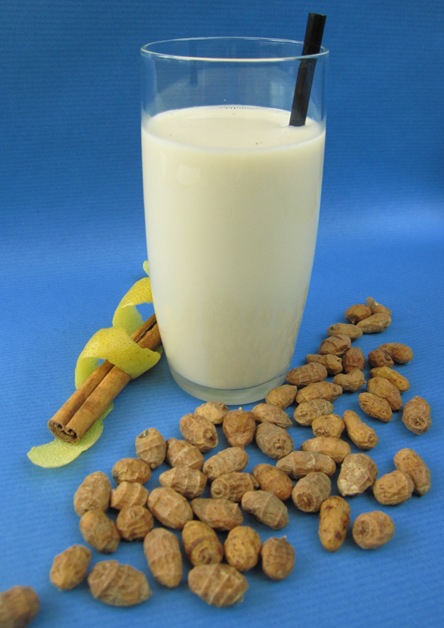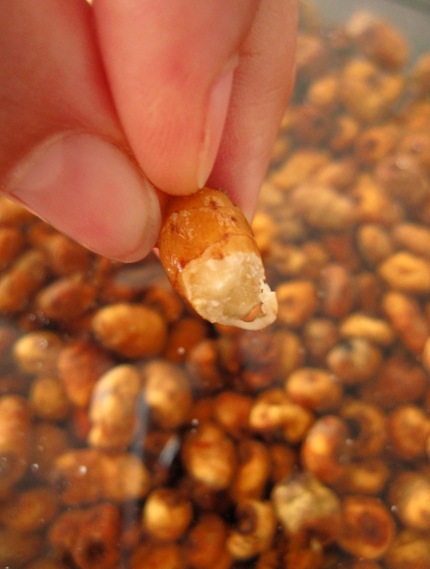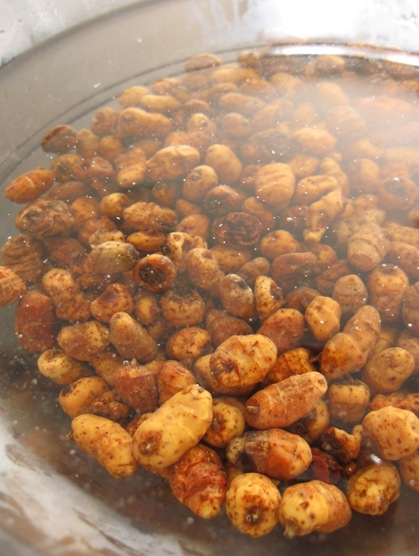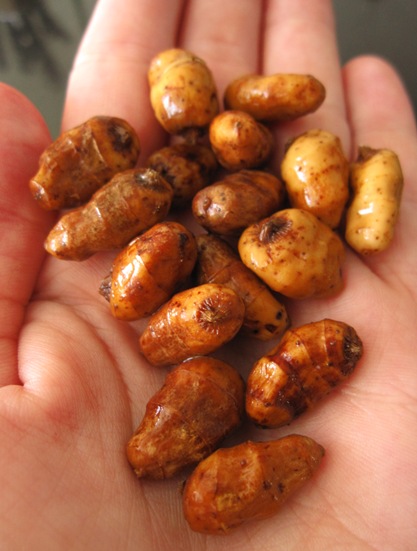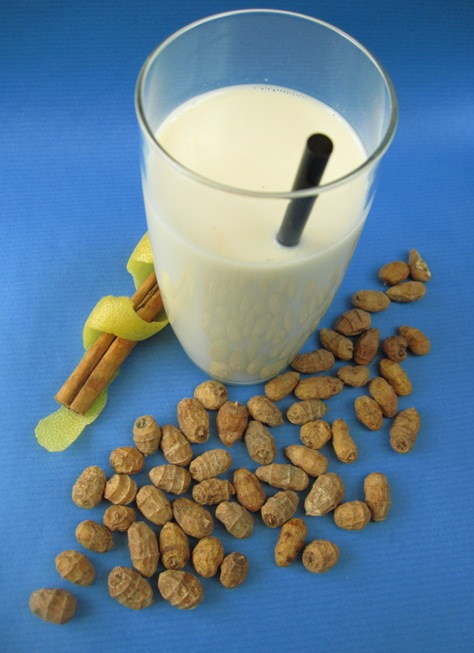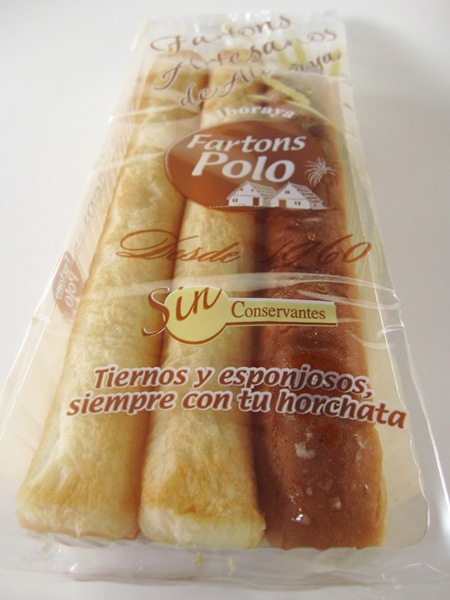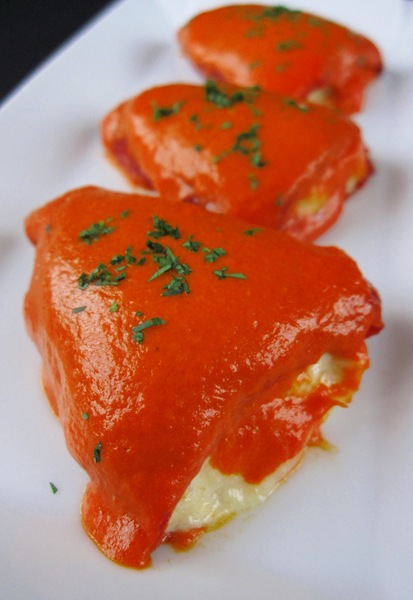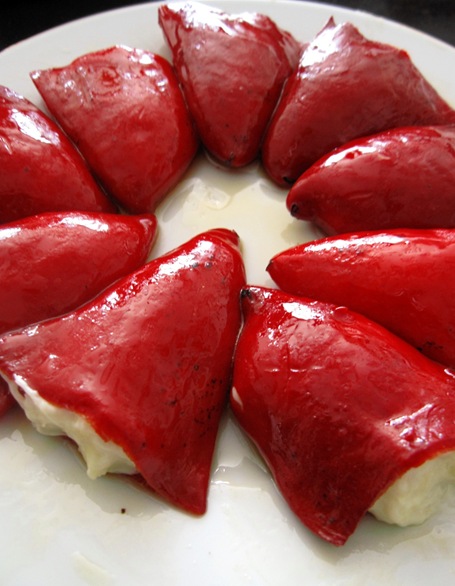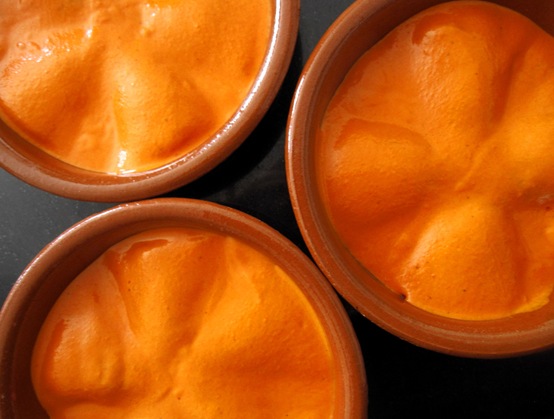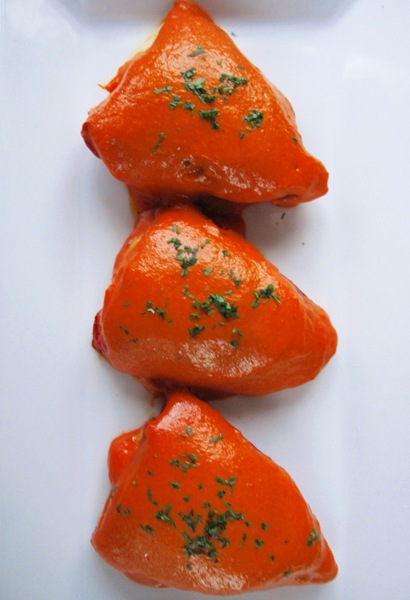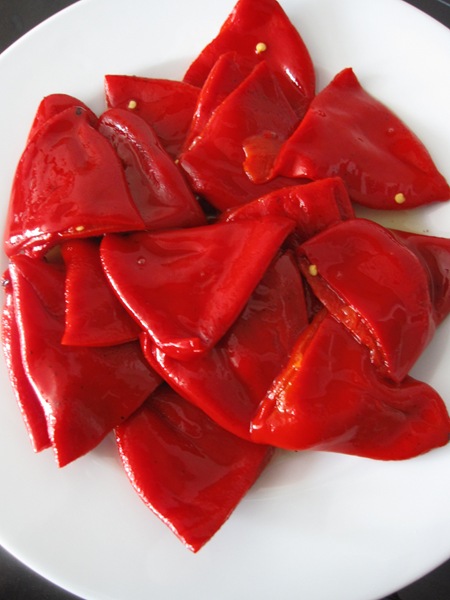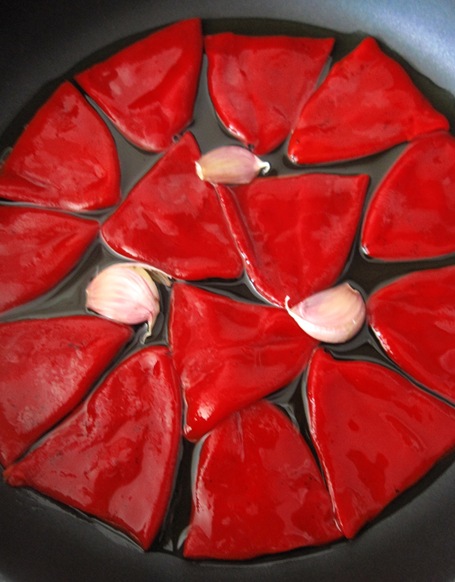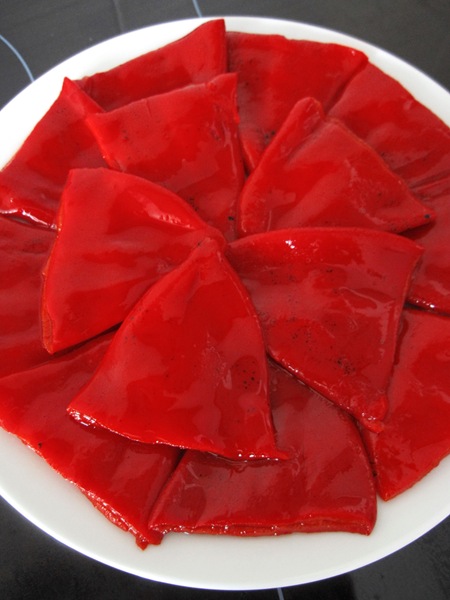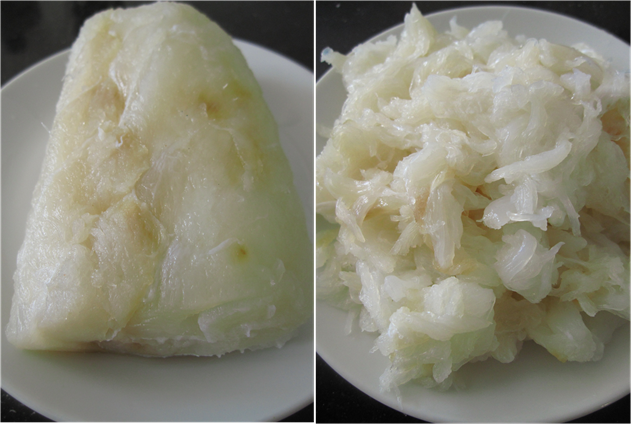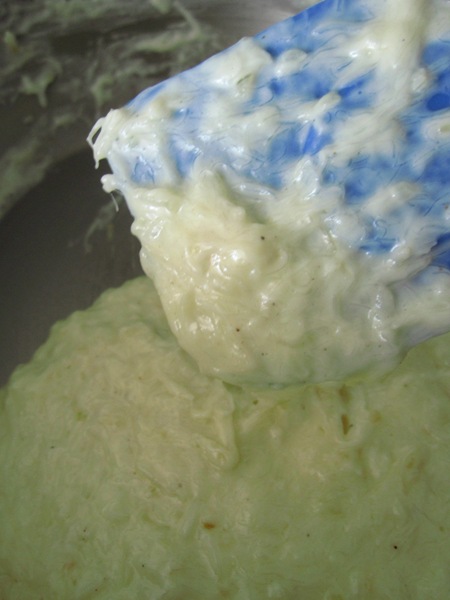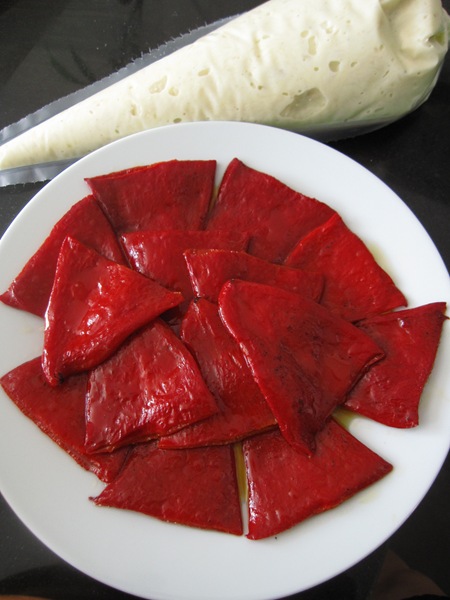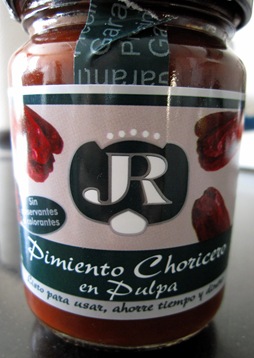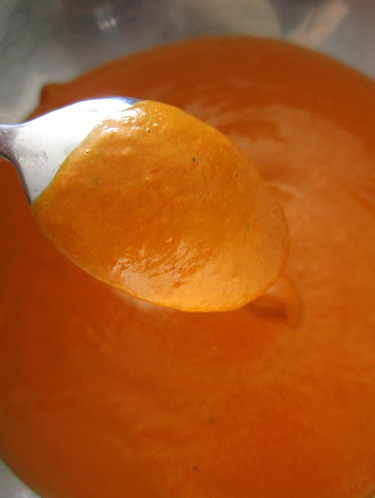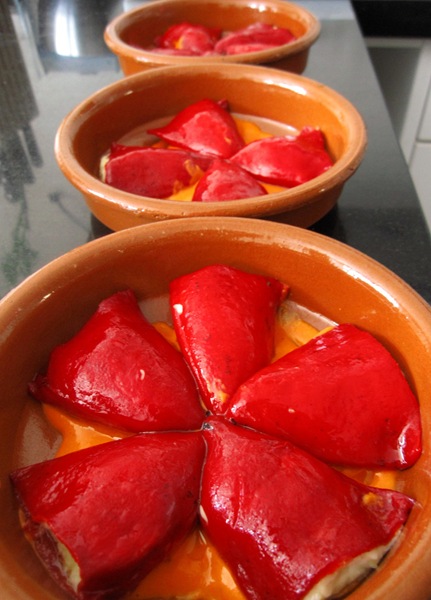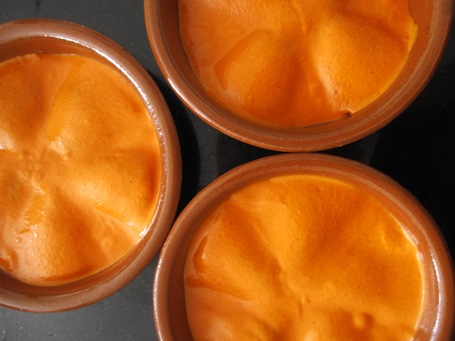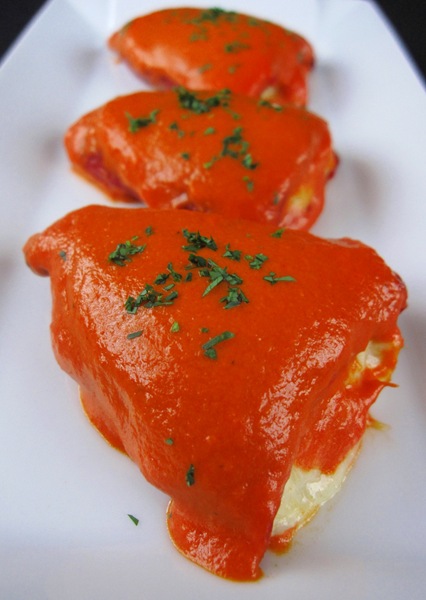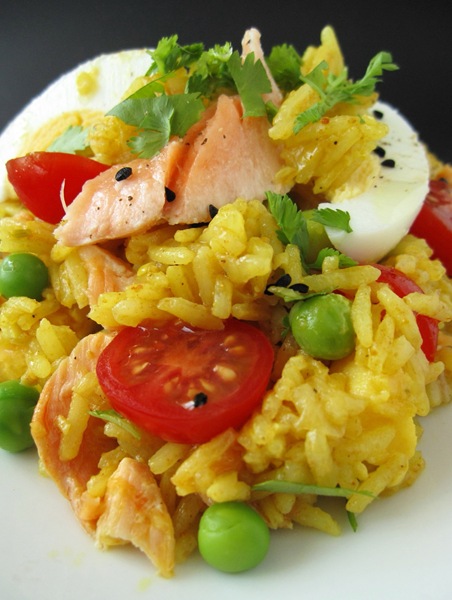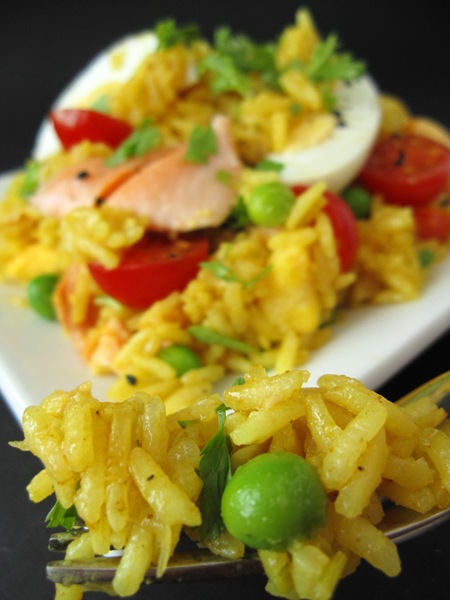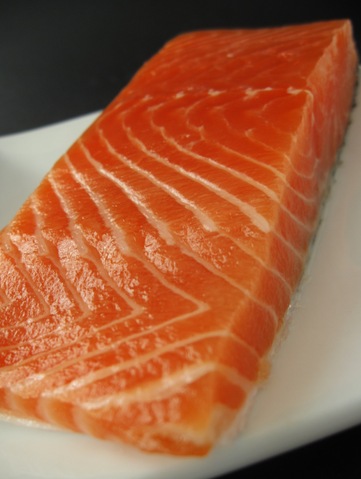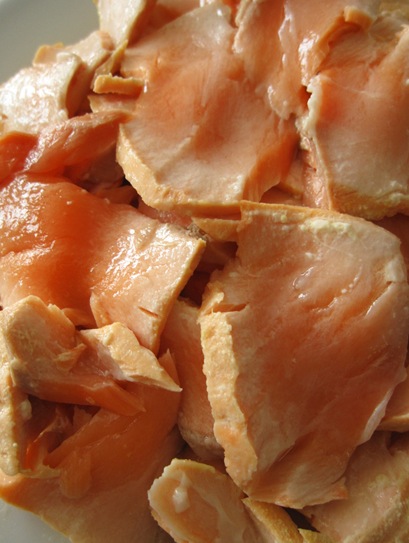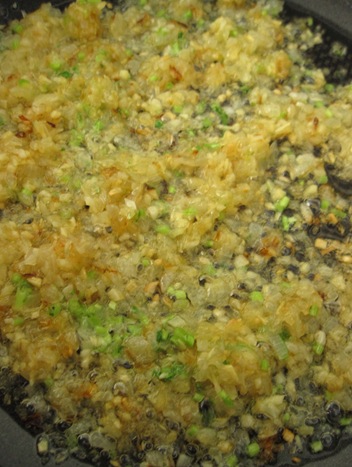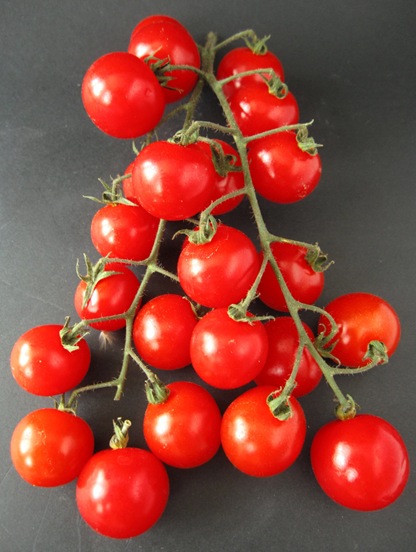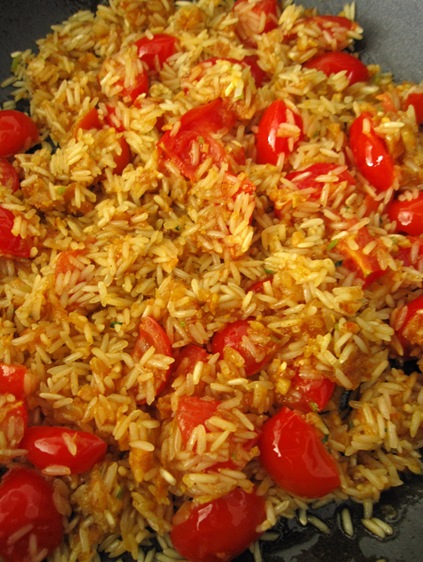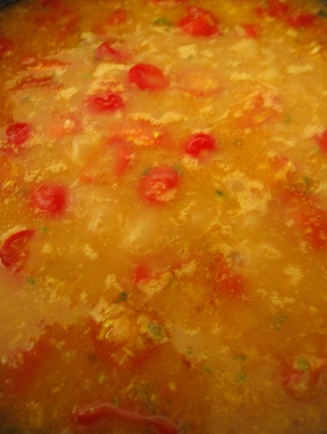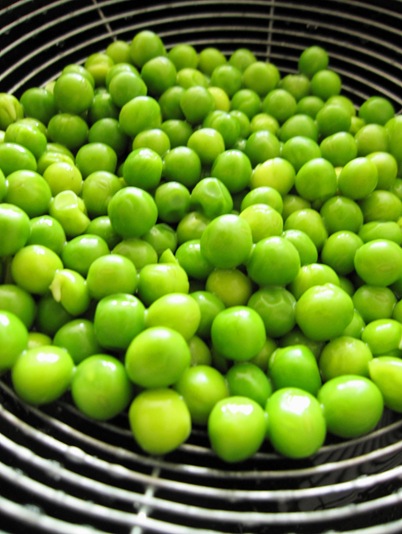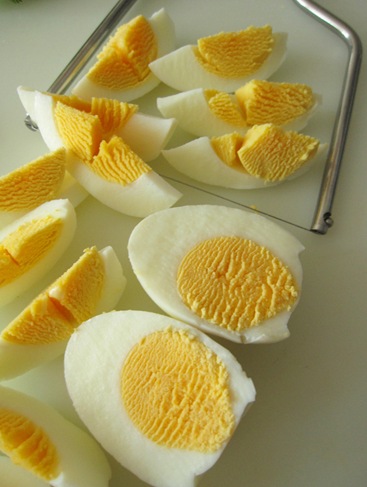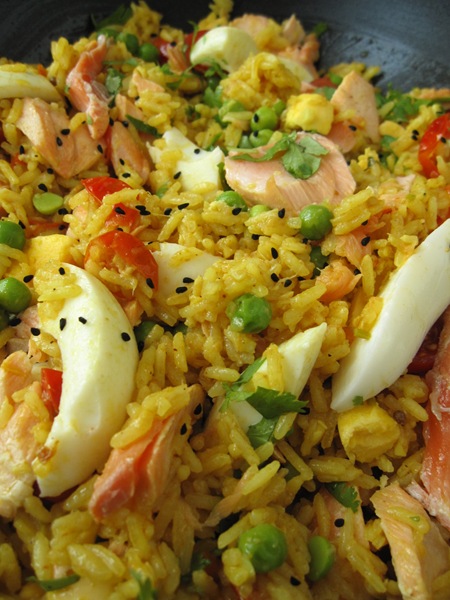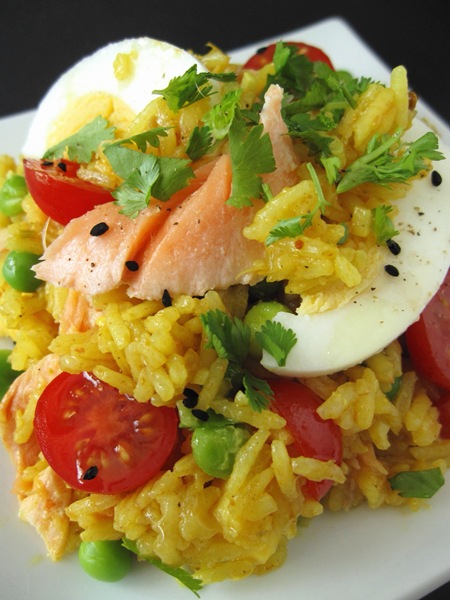The things I love most about summer are 1) the variety of fantastic summer fruits available and 2) to make ice-cold juices, ice or milkshakes, lassis or any other refreshing juice! One of such juices is cool tigernut milk, to my preference lightly flavoured with a hint of lemon rind and cinnamon! Sometimes slightly frozen to make a half-sherbet, half-drink! Either way fantastic!
Tigernuts are a tubers, like potatoes, that in Spain are grown only in Valencia. When developed, the plants over the ground are burnt (quite spectacular, in fact) to make the harvest easier. Then, they are washed, dried and selected to remove damaged specimens…and ready to use!
So, “horchata de chufas”, actually written “orxata de xufes” (in Valencia) is the traditional summer drink in Valencia. Horchata really means the milky extract from any vegetable source, such as hazelnuts, almonds, barley, rice or in this case tigernuts. In fact in the past, in Valencia it was commonly made with rice, as it was cheaper than tigernuts! If made not overly sweet (which you often find) it really quenches your thirst. Sweeter it still makes a tasty (and really nutritious & digestive) snack! I really like it’s flavour, but like with everything, not everyone does…so you’ll have to try! It is often found elsewhere in Spain bottled by commercial brands, but like with most things, why buy it ready made, when the “artisan” home-made touch can be so much better, and furthermore, it’s so simple to make, assuming you can get hold of the principal ingredient: tigernuts!
Have you ever tried the tuber itself? To me it tastes fairly different to the milk made by blending them with water to extract all their flavour! I’ve read that tigernuts from other areas other than Valencia aren’t half as sweet and flavourful. But I haven’t tested for myself, as the only ones I’ve encountered are the national ones. But these, I assure you, are like candy. They are super sweet and have a very particular taste and texture. No wonder you need to add up so little sugar to the extracted milk!
Anyway, if you can get hold of tigernuts, I suggest you try to make this simple recipe to quench your thirst in these hot summer days! If the tigernuts are not from Spain, you may need to add extra sugar, in any case, adjust sweetness to your taste. Also, to me the touch of lemon rind and cinnamon improves the drink, but you may prefer the pure thing like Linguini who when he tastes the slightest hint of cinnamon says it tastes like bun! Lastly, try half-freezing it as if it were a granita, I think it’s even better! In valencia the sherbet-one is served with a straw that ends in a spoon, so you can either drink it or scoop it. Up to you…but try!!!!
Horchata de chufas (Tigernut milk)
(To make 1L)
250g tigernuts
1L water
~100g sugar (or up to 150g)
(optional: a small piece of lemon rind)
(optional: a small piece of cinnamon bark)
extra water to hydrate the tigernuts
Few ingredients. Simple & tasty recipe! Ideally hydrate the tigernuts overnight or up to two days, by covering them generously in cold water and keeping them in the fridge (otherwise they may ferment). If they are really dry and they need two days, change the water each day.
They will swell up a bit…
Then, place the tigernuts with the sugar, the lemon & cinnamon if you choose to use them, and with about half the water and blend into a smooth liquidy paste, add the rest of the water gradually, unless it won’t fit the blender. In that case, it’s best to blend the tigernuts with half of the water, strain and place the left-over pulp into the blender again with the rest of the water to extract as much as possible.
I used to strain it through a fine mesh strainer or chinois, it hadn’t occurred to me a better way to do this, until a lady from Valencia in the market “L’Olivar” in Palma de Mallorca in the stand of dried nuts (I bought some tigernuts) told me that there was no better way to strain them than using a panty sock! And it’s try, you can press easily to extract all the milk and just leave behind the flavourless powdered nuts!
You can just pour it all in, and just press out all the juice!
Leave in the fridge to cool, or even freeze slightly and use a blender to smooth it up…
Just a note to say that it is common to leave the blended mix without straining overnight (again) to mature it. I think it’s unnecessary if the tigernuts have been well hydrated, in my opinion the result isn’t improved, but if you choose to do so, be sure to minimise the amount of lemon rind or cinnamon as those flavours do infuse in the mix and get much more enhanced!
So, however you choose to make it, freshen up with some ice-cold horchata! And if you can get hold of some traditional fartons (long finger-wide leavened buns) warm them up and soak them in your cold horchata! D-E-L-I-C-I-O-U-S!!!!! I’ve still got to work on making them myself, but I hope to eventually get there! In the meanwhile, on it’s own it’s still well worth it!

